Monumental trees across different regions of Turkey have been officially registered for protection and recognized as natural heritage, standing as witnesses to history. From Hatay to Zonguldak, Şanlıurfa to Antalya, these natural treasures towering towards the sky are being preserved for future generations. Locals often rest in their shade, gather underneath them, and cherish them as part of their memories.
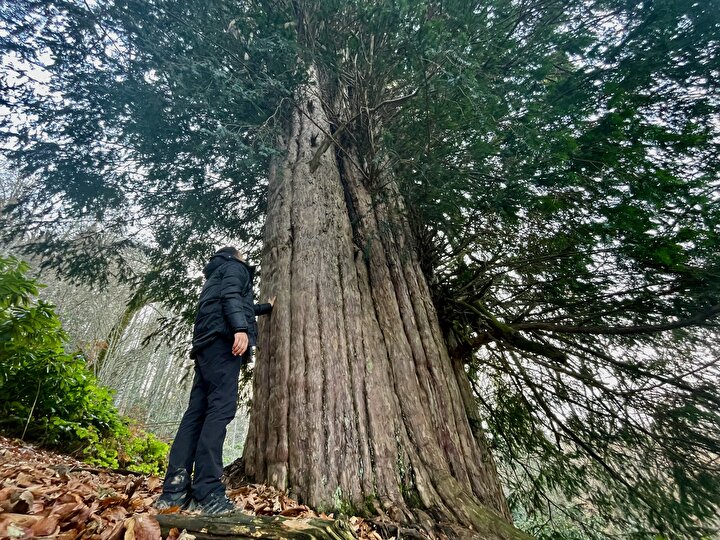
In the Kumluca district of Antalya, a 2,327-year-old cedar tree named “Ambar Katran” draws attention with its 262-centimeter trunk diameter and 25-meter height. The tree is called “Ambar Katran” (meaning “Barn Cedar”) because the local people extract tar from it, and due to its exceptionally wide trunk, it is likened to a “barn-like tree.” Another protected monumental tree in the region is the 1,701-year-old “Fragrant Juniper” (Kokulu Ardıç) in the Elmalı district, which stands out as well.
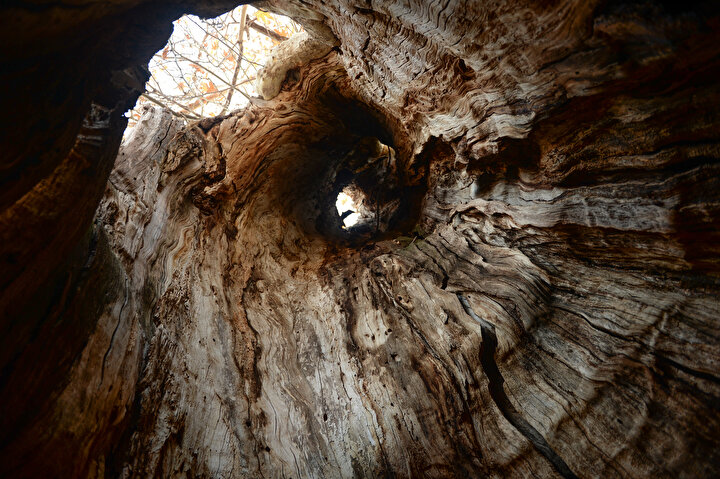
A majestic 4,117-year-old yew tree, now protected and officially registered, commands attention in Alaplı district of Zonguldak.
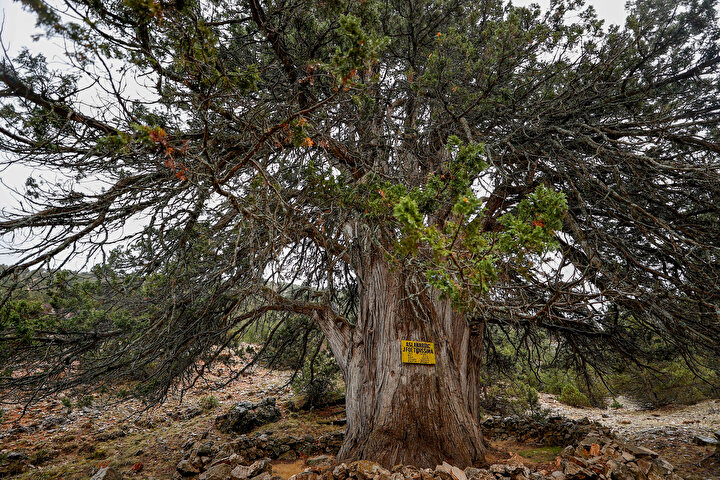
This Bronze Age relic, Anatolia’s oldest known tree, is one of Earth’s five most ancient trees. Registered in 2018, experts believe it could survive another 4,000 years if protected. Drawing global visitors as ‘living history,’ it boosts local tourism.
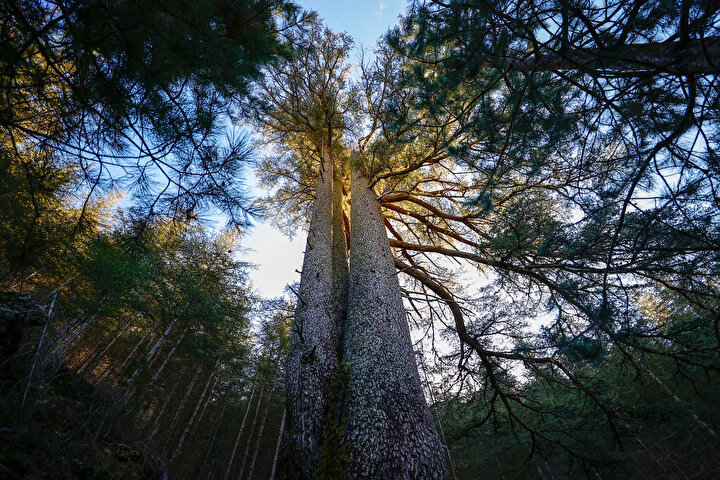
In Hatay (Samandağ and Payas), a 2,001‑year‑old plane tree and a 1,351‑year‑old olive tree stand majestic. The olive tree in Payas, located in the courtyard of Selim II Complex, was designated a monumental tree in 1976. It has a trunk 100 cm wide and produces about 300 kg of olives annually.
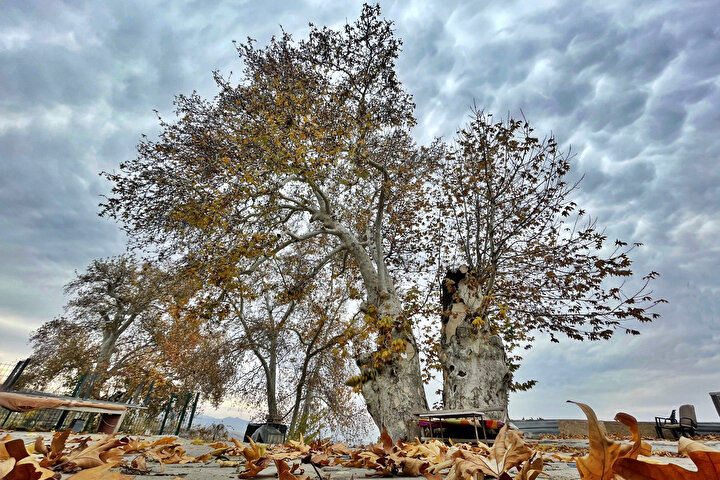
In Samandağ, the plane known as the “Musa Ağacı” (“Moses Tree”) is believed to have sprouted from Prophet Moses’s staff. With a trunk width of 7.5 m, it has become a popular spot for visitors to take photos.
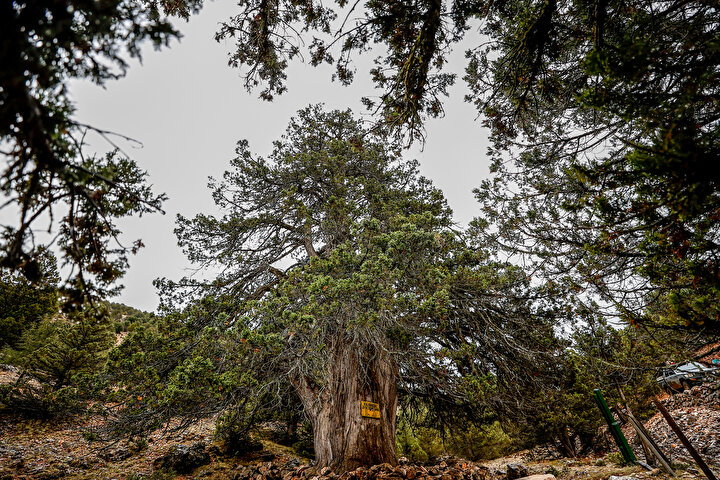
In Yatağan’s sacred Lagina – a 3,000-year-old Pagan hub- time-worn olive trees now hold monumental status. The most striking, a 1,501-year-old giant, stretches six meters skyward, its gnarled branches whispering tales of antiquity to modern-day visitors.

No visitor to Sagalassos leaves Ağlasun without pausing beneath its legendary plane tree; a towering emblem of Burdur’s history. Its sprawling branches offer cool refuge to locals on sweltering days, while its timeless presence captivates travelers, bridging past and present.

“Where Karanlık Dere’s shadows meet the light,
an ancient cedar grips the stony air
a sentinel of awe, unbent by time.
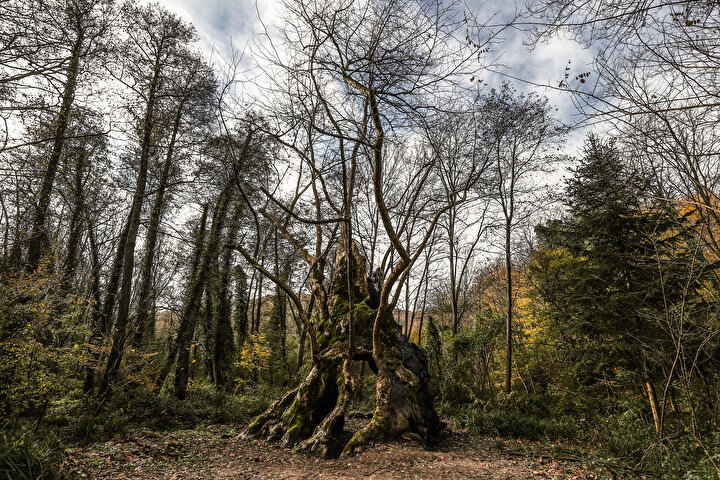
A 1,146-year-old pedunculate oak in Kütahya’s Sekiören village commands attention with its 201 cm trunk and 20 m height. Home to countless squirrels, its leafless autumn branches mirror the intricate veins of a human circulatory system.
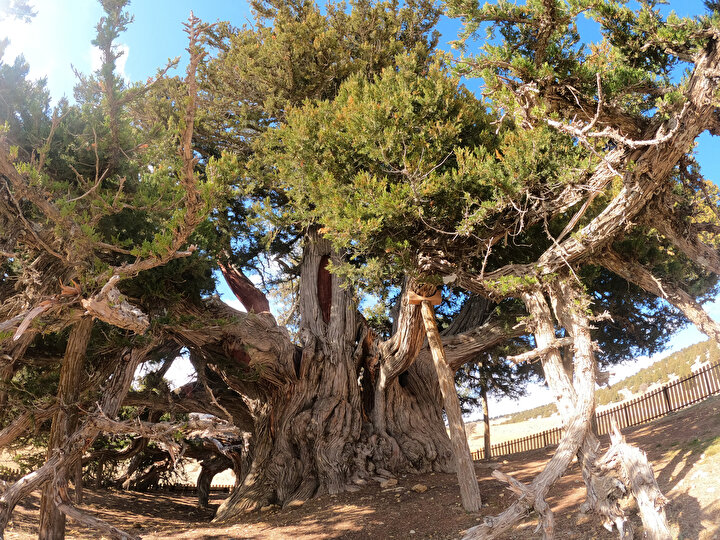
In Elazığ’s Palu district, a 1,147‑year‑old plane tree, along with three younger monumental trees nearby, stands as a testament to centuries past.
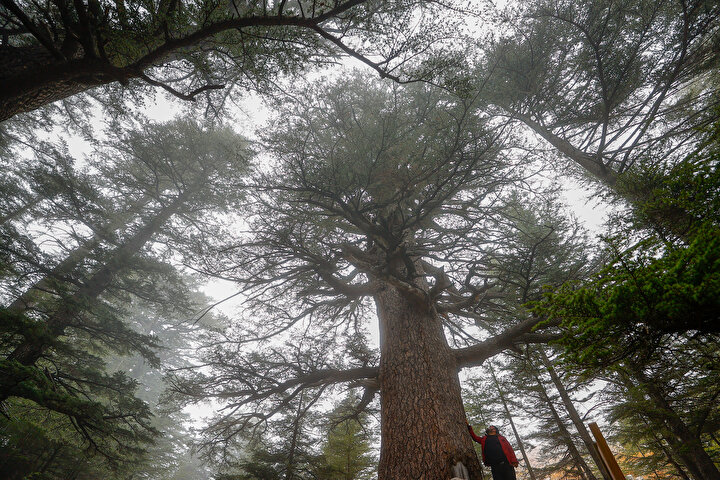
Other notable centuries‑old trees include olive trees in Şanlıurfa‑Akçakale, Manisa‑Kırkağaç, Mersin‑Mut; junipers in Konya‑Taşağıl; plane trees in Kahramanmaraş‑Onikişubat and Istanbul‑Sarıyer.
